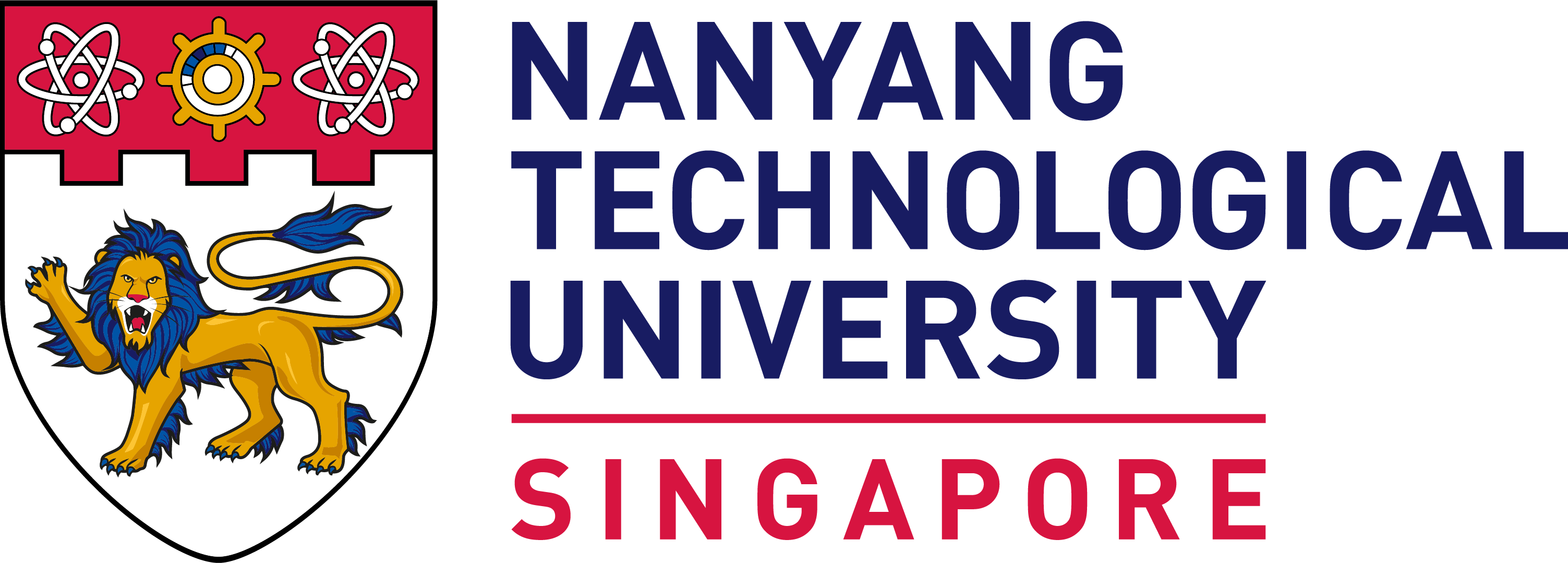Topological Perspectives on the Connectome by Prof Kathryn Hess Bellwald
IAS STEM Graduate Colloquium Jointly Organised with the Graduate Students' Clubs
The IAS@NTU STEM Graduate Colloquium, organised in collaboration with the School of Physical and Mathematical Sciences (SPMS) and the Graduate Students’ Clubs of SPMS, featured an engaging talk by Prof Kathryn Hess Bellwald from EPFL, Switzerland. Her talk, Topological Perspectives on the Connectome, demonstrated how algebraic topology offers biologically meaningful insights into the structure and function of the connectome - a map of neural connections in the brain.

Prof Hess was elected to the Swiss Academy of Engineering Sciences (2016), became a fellow of the American Mathematical Society (2017), and was a distinguished speaker for the European Mathematical Society. She delivered a Public Lecture at the European Congress of Mathematicians (2021), received the Chaire de la Vallée Poussin (2023), and became a fellow of the Association for Women in Mathematics (2024). Her research applies algebraic topology to life and materials sciences, focusing on screening nanoporous materials, classifying neuron morphologies, and advancing network theory.
Prof Hess began the colloquium by introducing the audience to the complexity of brain connectivity data, emphasising the vast scale of the human connectome, which consists of billions of neurons and trillions of synapses. She highlighted the fundamental challenge in neuroscience, understanding the intricate relationship between structure and function. To illustrate this, she discussed rat pyramidal cells, demonstrating how neurons exhibit diverse shapes and sizes (morphological differences) that directly influence their function. She then posed an intriguing question: given the sheer volume of data, can appropriate dimensionality reduction or lower-dimensional projections provide a faster yet effective way to analyse and retain essential structural properties of the connectome?

Prof Kathryn Hess discussed rat pyramidal cells, showing how neuronal morphology impacts function.
Having introduced the challenges of analysing large-scale neuronal data, the talk then explored mathematical approaches to modeling the connectome. Prof Hess described how the network of neurons can be represented as a directed graph, where neurons correspond to vertices and synapses to directed edges, effectively reducing the complexity of raw biological data. She then explored how algebraic topology can be applied to directed graphs, using it as a mathematical framework to uncover deeper insights into their structure and connectivity.
In mathematics, topology traditionally studies shapes that can be stretched or deformed while preserving their fundamental properties. Beyond counting holes, it provides a framework for understanding connectivity and how local constraints give rise to global structures. When applied to directed graphs, topology serves as a powerful tool for analysing structural properties. One key approach involves studying subgraph families, often referred to as motifs or graphlets, which capture recurring patterns within networks. The diversity of these subgraphs offers local insights into a graph’s structure, while examining their overlap reveals broader global properties of the network. These subgraphs can be represented as a directed n-simplex, a complete acyclic subgraph that captures source-to-sink pathways and provides insights into network reliability. A collection of such simplices forms a directed flag complex, revealing cavities or homology classes in graphs.
The remainder of the talk focused on applying these concepts to biological neural networks (BNNs), covering networks from C. elegans and Drosophila larvae to the MICrONS and Blue Brain Project datasets. Prof Hess explained how algebraic topology helps uncover the structure and function of the connectome, highlighting the overexpression of directed simplices in BNNs, which increases with simplex dimension. She further demonstrated how simplicial complexity differentiates human connectomes from those of rats and random networks. Finally, the audience learned that greater complexity in BNNs enhances reliability but reduces efficiency.

Insightful Q&A session with valuable takeaways topological tools.
The colloquium sparked an engaging Q&A session, with attendees exploring potential extensions of topological methods to artificial neural networks (ANNs). There was also significant interest in the relationship between complexity and efficiency in BNNs and its implications for human brain function.
Prof Hess' colloquium effectively demonstrated how algebraic topology uncovers structural patterns in directed networks, particularly within neural connectivity. She emphasised the importance of reducing data complexity and utilising topological tools, such as directed simplices, to quantify network structure. Ultimately, her insights underscored how topological measures offer meaningful biological interpretations of the brain’s organisation.
Written by: Yasharth Yadav | NTU School of Physical and Mathematical Sciences Graduate Students' Club
"The fundamentals were explained simple enough for the audience to understand the contents presented"- Choong Li Yan Anthony (PhD student, MSE)
" Endless possibilities and insights offered on brain." Kevin Matthew Manurung (PhD student, IGP)
Watch Recording here














/enri-thumbnails/careeropportunities1f0caf1c-a12d-479c-be7c-3c04e085c617.tmb-mega-menu.jpg?Culture=en&sfvrsn=d7261e3b_1)

/cradle-thumbnails/research-capabilities1516d0ba63aa44f0b4ee77a8c05263b2.tmb-mega-menu.jpg?Culture=en&sfvrsn=1bc94f8_1)







